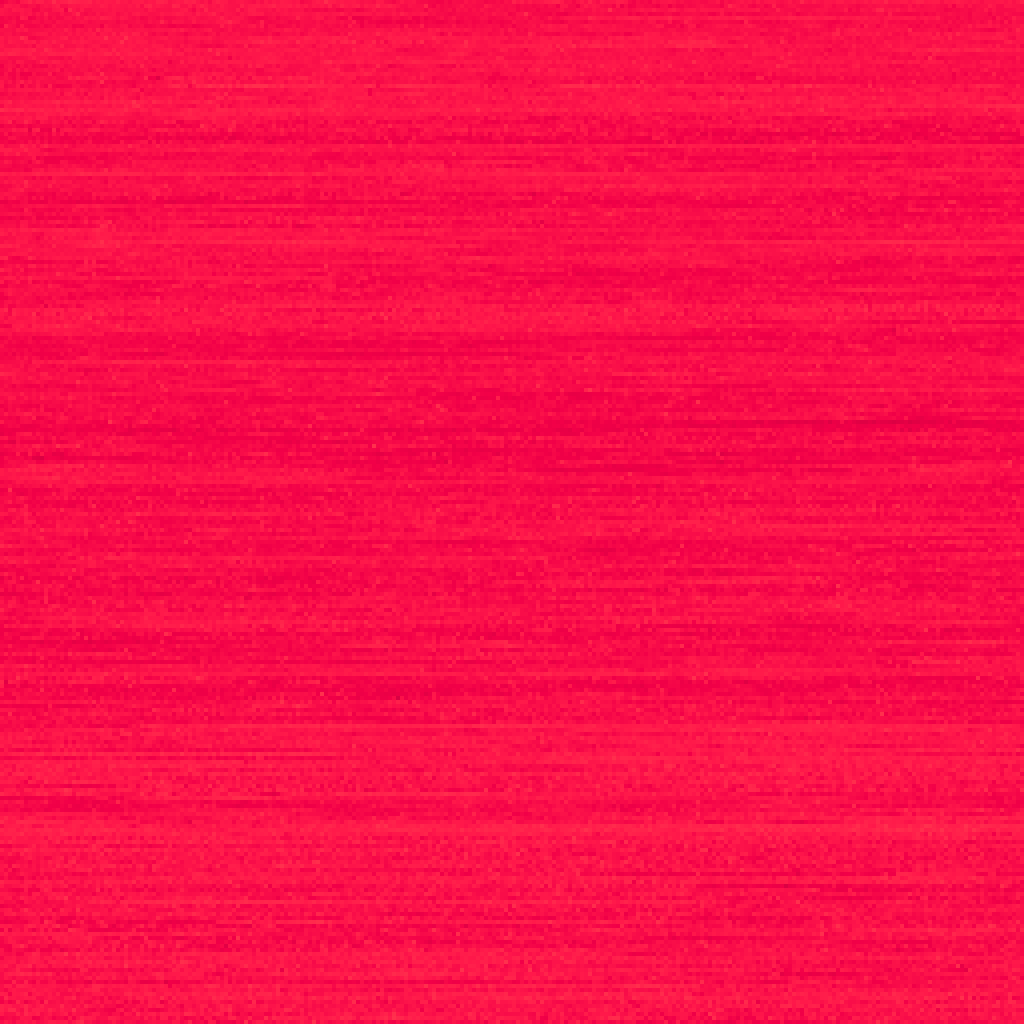Sept 2021
Proof of Work Origins
“An interface is not just a portal for access, but a designed extension of the body that then designs the body in reverse” Rachel Ossip, N+1, 2018
Much of my work is concerned with the relationship between physical and digital worlds; how software reaches into and manipulates the world, and how expression or gesture is modulated as it enters the digital.
In www.grindruberairbnb.exposed (GUA), a group of participants are led to gesture and move via web-based interfaces on their mobile phones. The project attempts to make evident power dynamics between system creators and system users, by providing users with interactions so limited in scope that they require specific gestures to complete.
Proof of Work came from the idea of turning these systems of software guidance on myself. The first piece of software I created was a manual image generation program which required the entry of 10,000 values to fill a 100x100 pixel image. Scaled down from the broad gestures of GUA, this software induced small-scale repeated gesture of a key press.
My first explorations with this application were to test how well I could generate random values. Randomness is famously hard to generate even for a computer. Rafael Lozano-Hemmer has a great artwork on this topic titled Method Random, which visualizes the patterns that occur as randomly generated sequences scale.
![]()
Producing 10,000 random values took around 30 minutes. I posted the manually generated image with a randomly generated reference and asked viewers to guess which was which.
![Human]()
![Computer]()
Most responders thought that the computer-produced image was my production, though those with more technical experience guessed correctly. After this exploration, I was curious to see how different people might generate different images, and asked some friends to produce their own ‘portraits’ through the software.
It was only after these explorations that I entered the world of NFTs. I felt a strong drive to participate, but the raw speculative nature of the market felt off-putting. Not wanting to sell my friend’s productions, I generated a series of five 100x100 random images over one week.
![Monday]()
![Tuesday]()
![Wednesday]()
![Thursday]()
![Friday]() The images show an interesting progression; pattern uniformity starts strong but dips Wednesday, consistency returns Thursday and Friday.
The images show an interesting progression; pattern uniformity starts strong but dips Wednesday, consistency returns Thursday and Friday.
Around this time, Beeple’s ‘The First 5000 Days’ sold for a record-breaking $69,346,250. Buyer Metakovan explained his rationale for the purchase as such:
“When you think of high-valued NFTs, this one is going to be pretty hard to beat. And here’s why — it represents 13 years of everyday work. Techniques are replicable and skill is surpassable, but the only thing you can’t hack digitally is time. “ — MetaKovan, Christies Press Release
This assumption that one metric can be used to determine the value of an artwork seemed a perfect encapsulation of the speculative tendencies of the market, and so I set out to challenge this assumption by embodying it directly.
Adopting Beeple’s production pace, I generated one image per day. To provide varying levels of effort for the market to speculate on, I began each series with a pixel canvas of 1x1, and doubled it each day. A series would end when I could no longer complete one image in a day, my physiological limitations ensuring the scarcity of the series.
![]()
![]()
![]()
![]()
While producing these images I was reminded of keystroke dynamics, a field of behavioural biometrics which explores typing dynamics. Researchers have found that the rhythm and pattern of keystrokes are unique to each user, with the potential for replacing passwords as an authentication method.
“[...] typing is a motor programmed skill and [...] movements are organized prior to their actual execution. Therefore, a person’s typing pattern is a behavioral characteristic that develops over a period of time and therefore cannot be shared, lost or forgotten.” Bannerjee and Woodward, Journal of Pattern Recognition
If we interpret the patterns that appear in the image as a visual representation of this gestural biometric, the images transform from records of effort to minimum viable artworks, the hand of the artist made visible in the digital image.
https://proofofwork.jonathanchomko.com/
https://opensea.io/collection/proof-of-work-v1
![]()
![]()
![]()
![]()
“An interface is not just a portal for access, but a designed extension of the body that then designs the body in reverse” Rachel Ossip, N+1, 2018
Much of my work is concerned with the relationship between physical and digital worlds; how software reaches into and manipulates the world, and how expression or gesture is modulated as it enters the digital.
In www.grindruberairbnb.exposed (GUA), a group of participants are led to gesture and move via web-based interfaces on their mobile phones. The project attempts to make evident power dynamics between system creators and system users, by providing users with interactions so limited in scope that they require specific gestures to complete.
Proof of Work came from the idea of turning these systems of software guidance on myself. The first piece of software I created was a manual image generation program which required the entry of 10,000 values to fill a 100x100 pixel image. Scaled down from the broad gestures of GUA, this software induced small-scale repeated gesture of a key press.
My first explorations with this application were to test how well I could generate random values. Randomness is famously hard to generate even for a computer. Rafael Lozano-Hemmer has a great artwork on this topic titled Method Random, which visualizes the patterns that occur as randomly generated sequences scale.
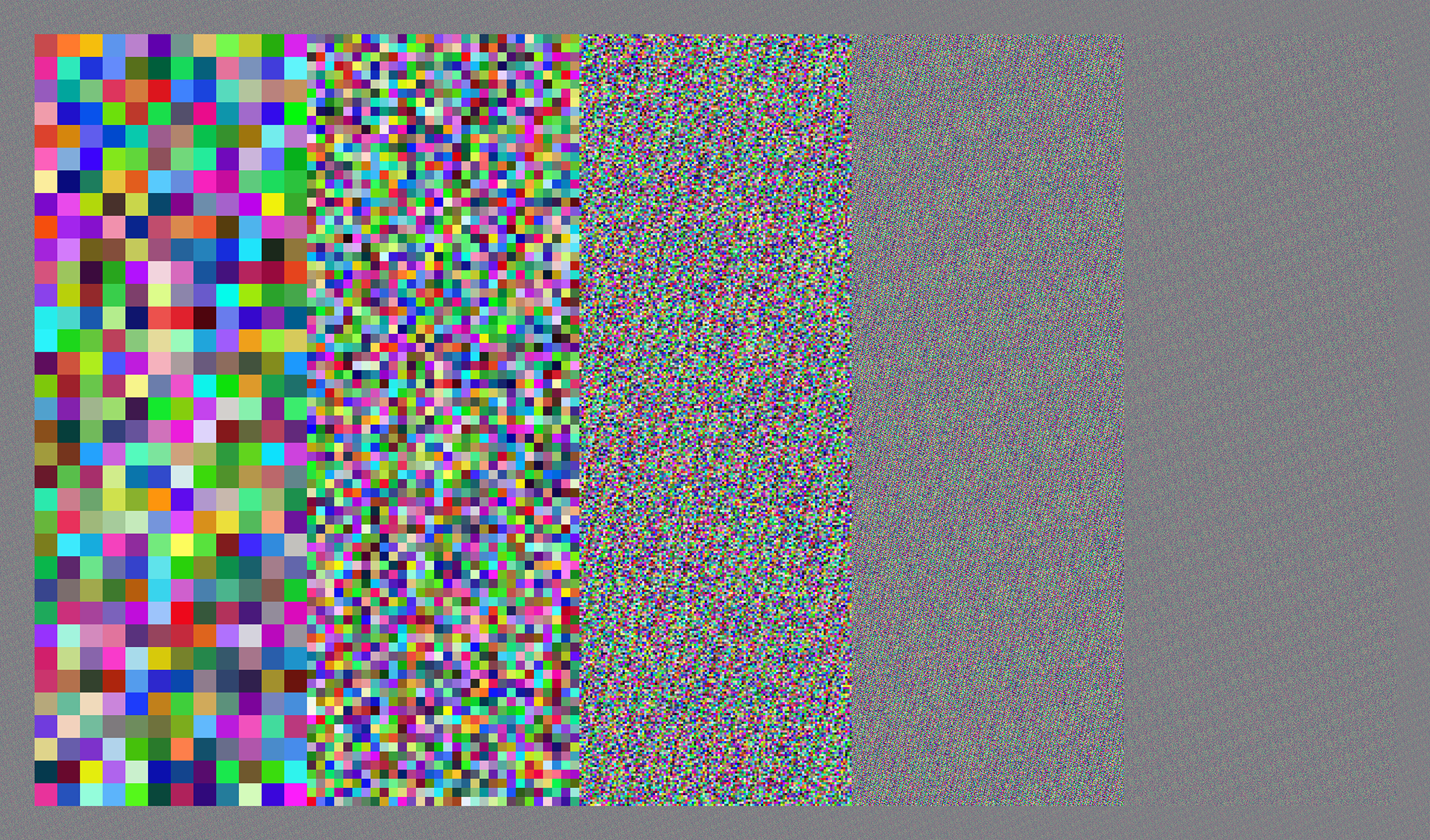
Producing 10,000 random values took around 30 minutes. I posted the manually generated image with a randomly generated reference and asked viewers to guess which was which.
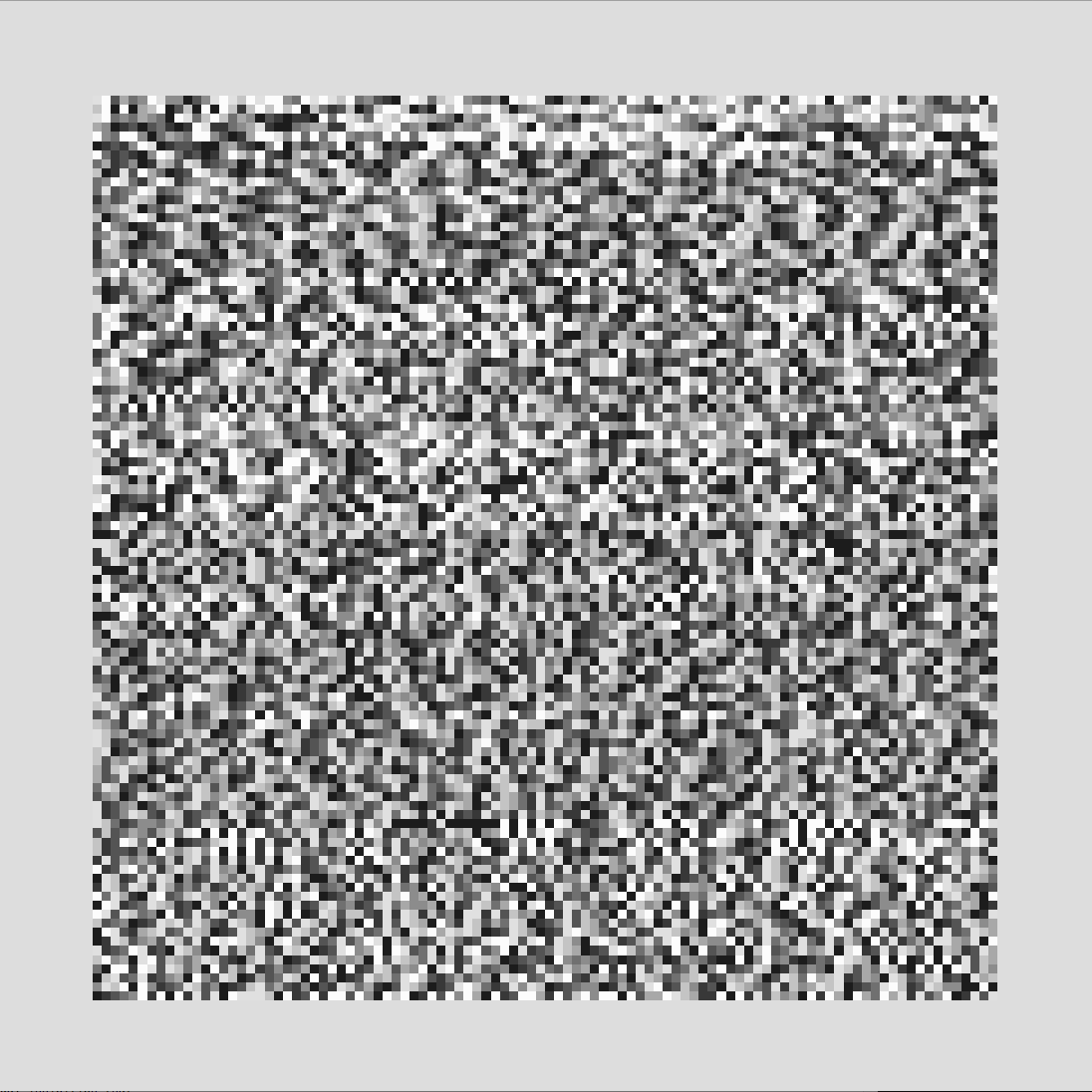
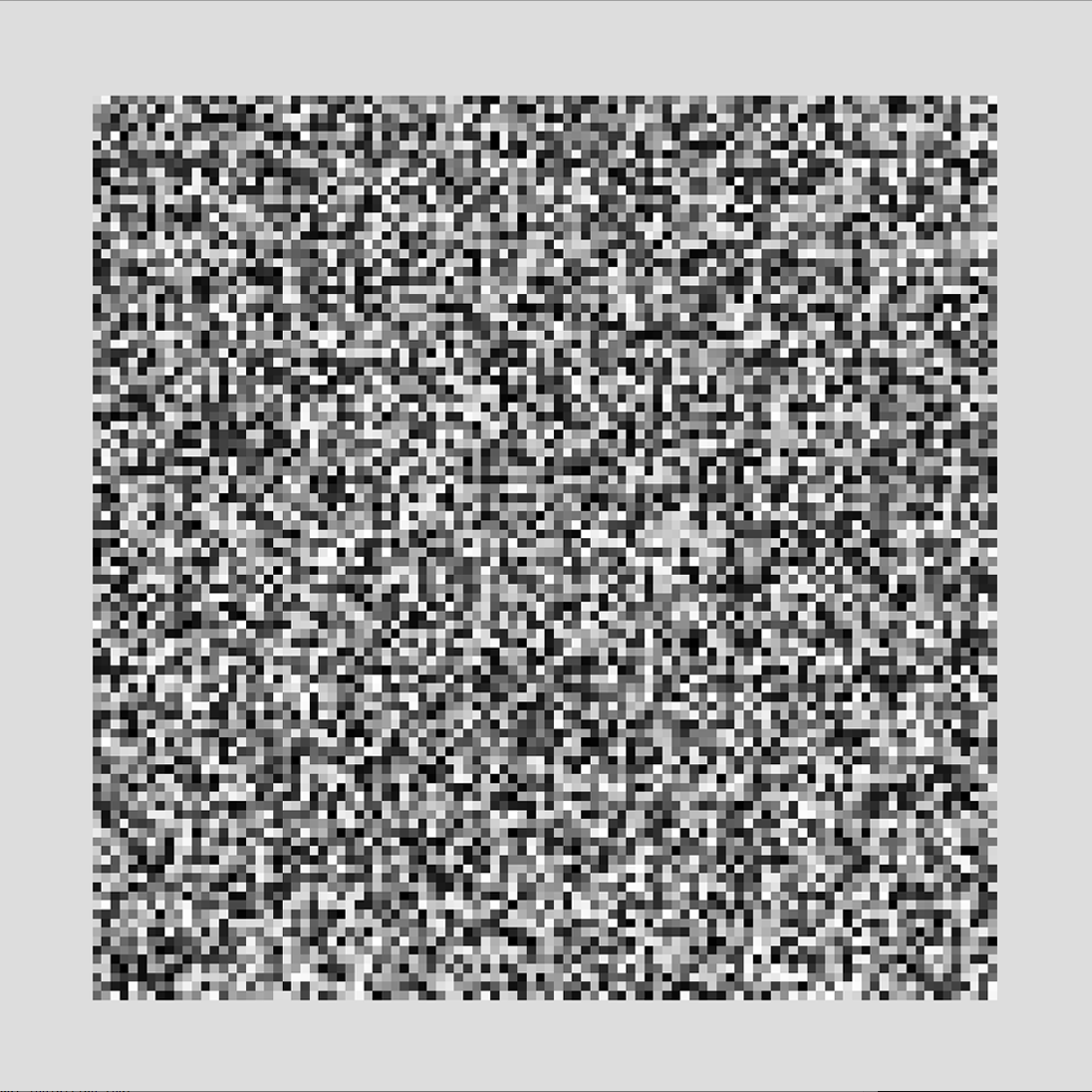
Most responders thought that the computer-produced image was my production, though those with more technical experience guessed correctly. After this exploration, I was curious to see how different people might generate different images, and asked some friends to produce their own ‘portraits’ through the software.
It was only after these explorations that I entered the world of NFTs. I felt a strong drive to participate, but the raw speculative nature of the market felt off-putting. Not wanting to sell my friend’s productions, I generated a series of five 100x100 random images over one week.
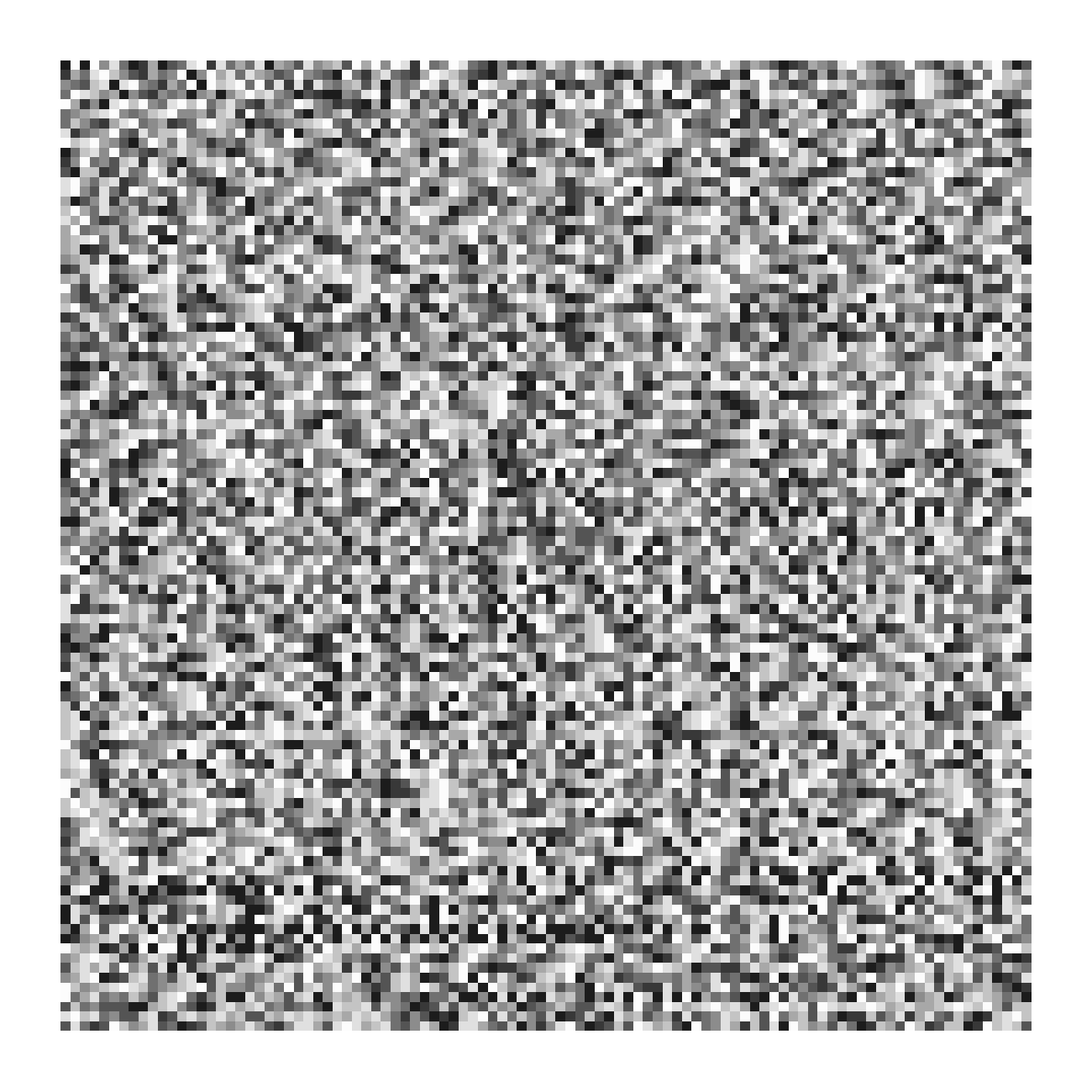
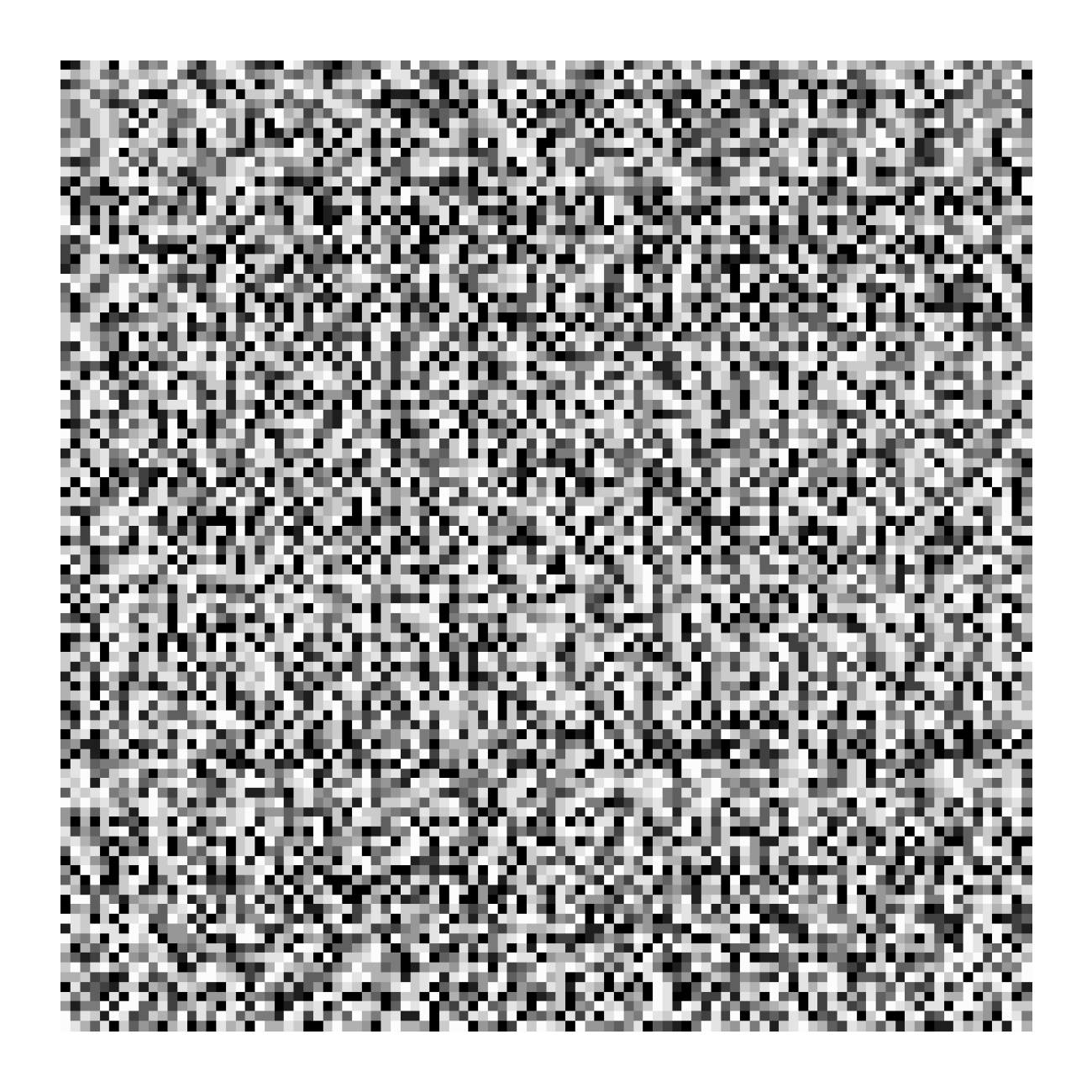

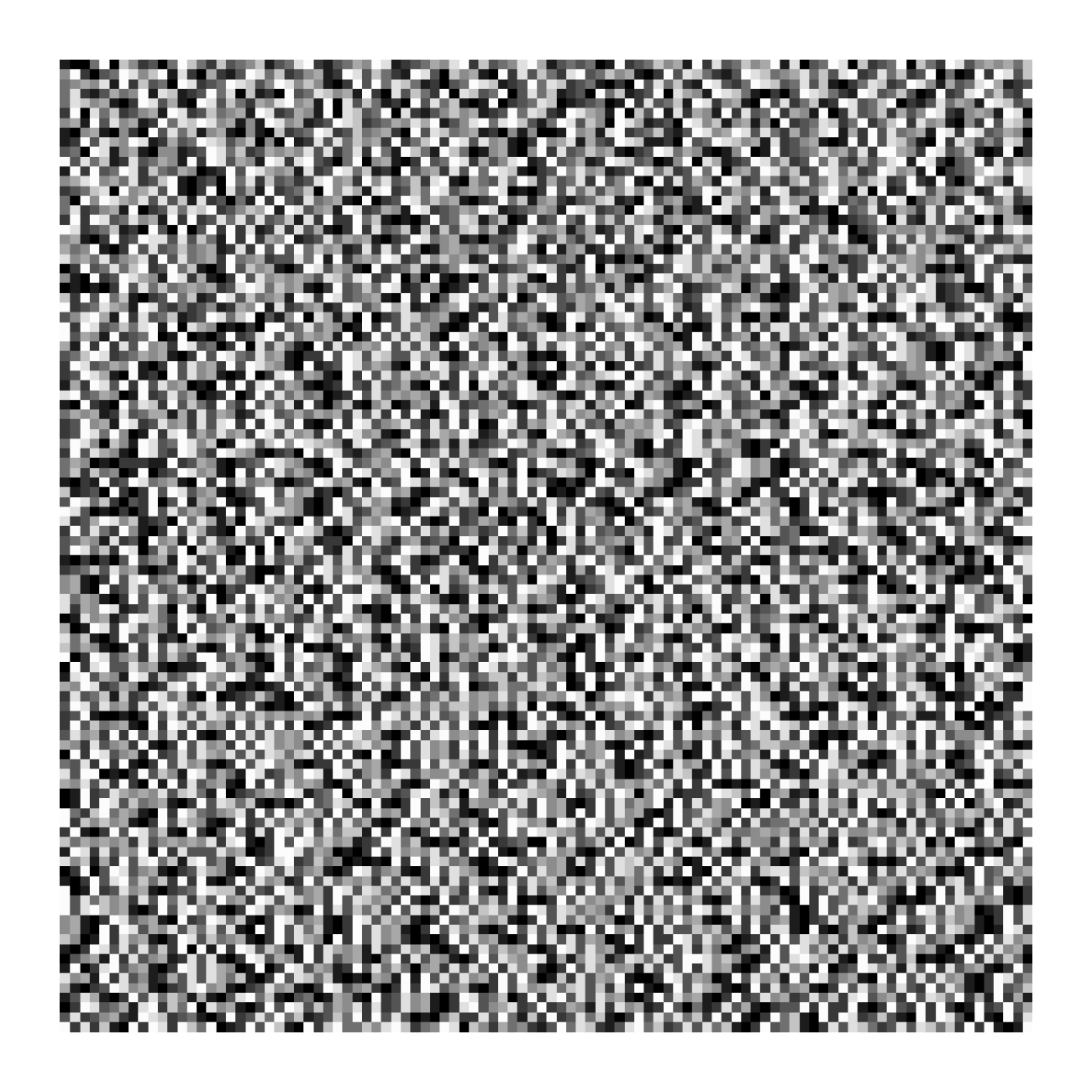
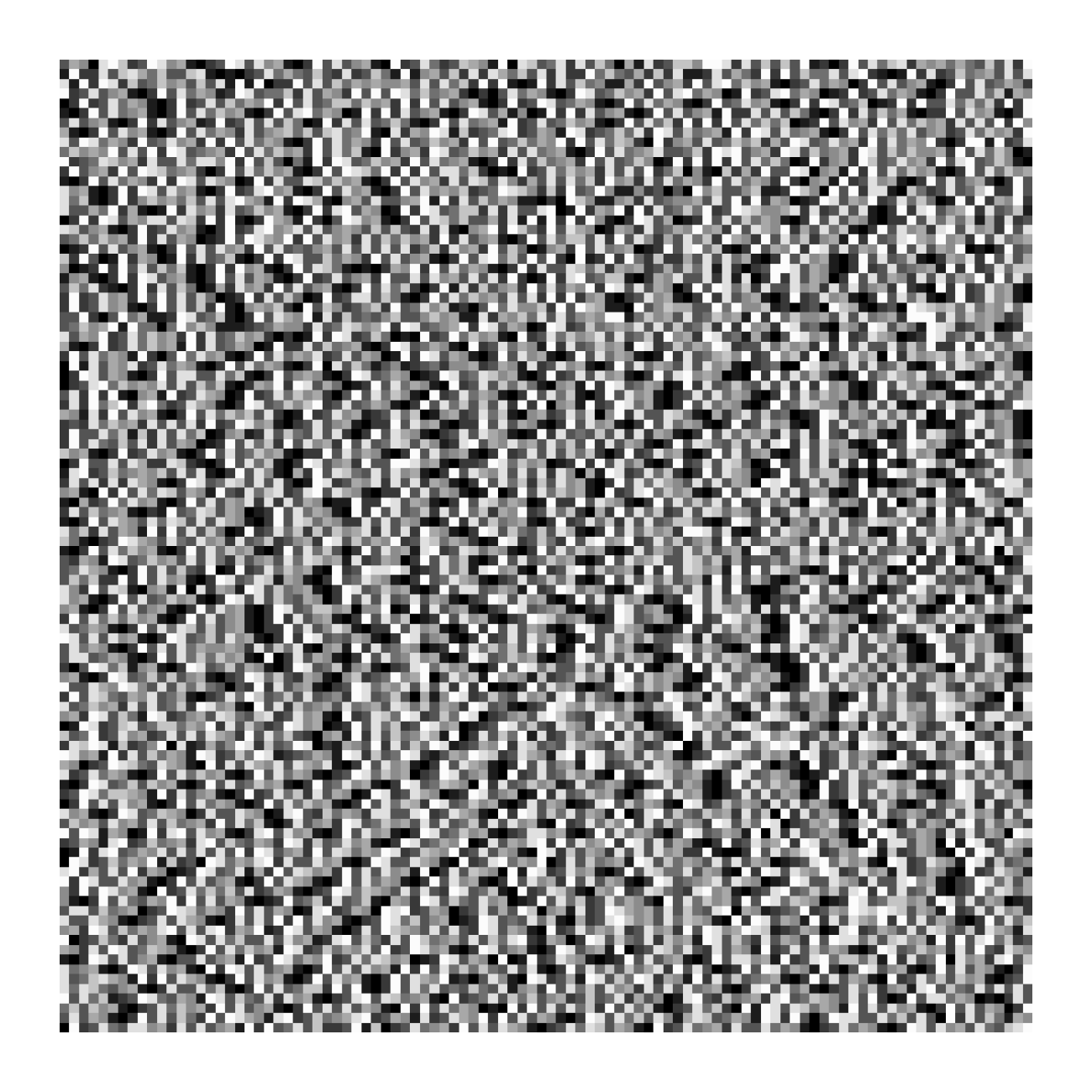
Around this time, Beeple’s ‘The First 5000 Days’ sold for a record-breaking $69,346,250. Buyer Metakovan explained his rationale for the purchase as such:
“When you think of high-valued NFTs, this one is going to be pretty hard to beat. And here’s why — it represents 13 years of everyday work. Techniques are replicable and skill is surpassable, but the only thing you can’t hack digitally is time. “ — MetaKovan, Christies Press Release
This assumption that one metric can be used to determine the value of an artwork seemed a perfect encapsulation of the speculative tendencies of the market, and so I set out to challenge this assumption by embodying it directly.
Adopting Beeple’s production pace, I generated one image per day. To provide varying levels of effort for the market to speculate on, I began each series with a pixel canvas of 1x1, and doubled it each day. A series would end when I could no longer complete one image in a day, my physiological limitations ensuring the scarcity of the series.


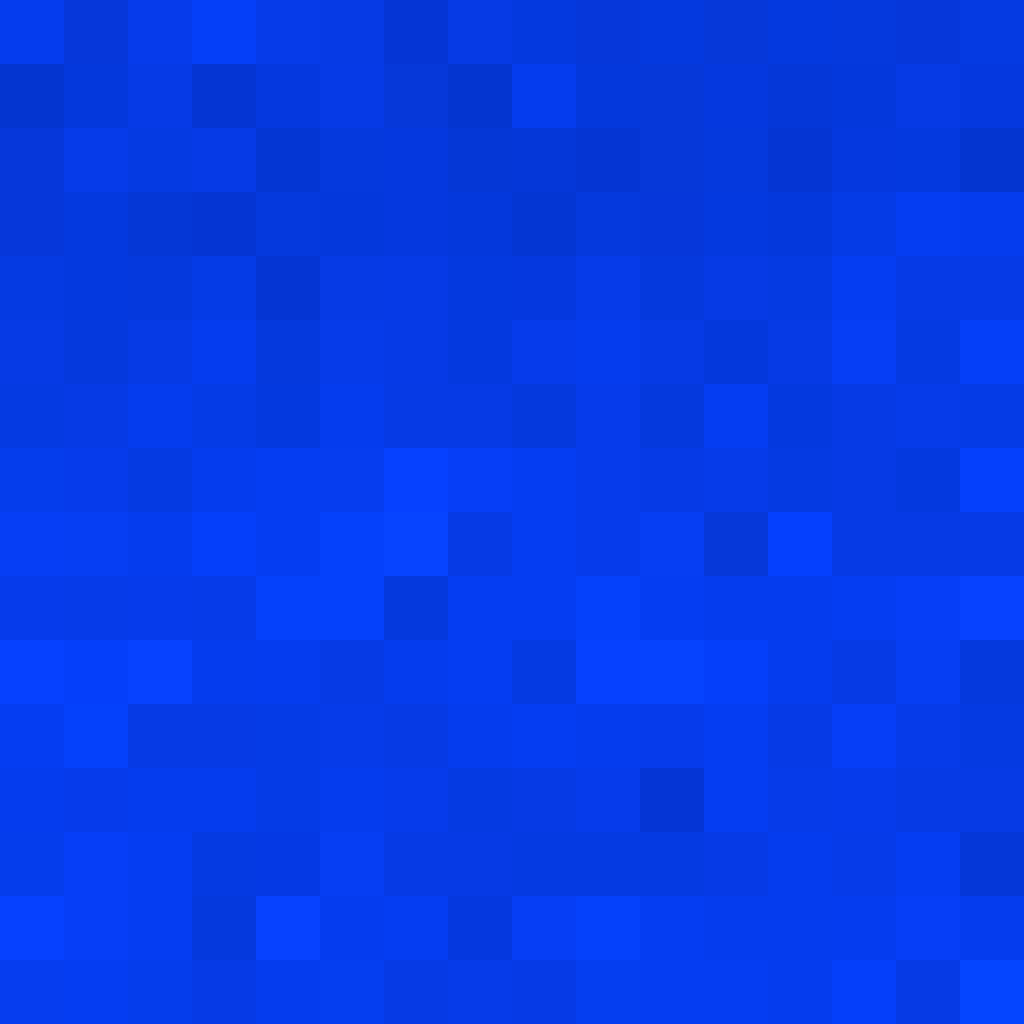

While producing these images I was reminded of keystroke dynamics, a field of behavioural biometrics which explores typing dynamics. Researchers have found that the rhythm and pattern of keystrokes are unique to each user, with the potential for replacing passwords as an authentication method.
“[...] typing is a motor programmed skill and [...] movements are organized prior to their actual execution. Therefore, a person’s typing pattern is a behavioral characteristic that develops over a period of time and therefore cannot be shared, lost or forgotten.” Bannerjee and Woodward, Journal of Pattern Recognition
If we interpret the patterns that appear in the image as a visual representation of this gestural biometric, the images transform from records of effort to minimum viable artworks, the hand of the artist made visible in the digital image.
https://proofofwork.jonathanchomko.com/
https://opensea.io/collection/proof-of-work-v1



